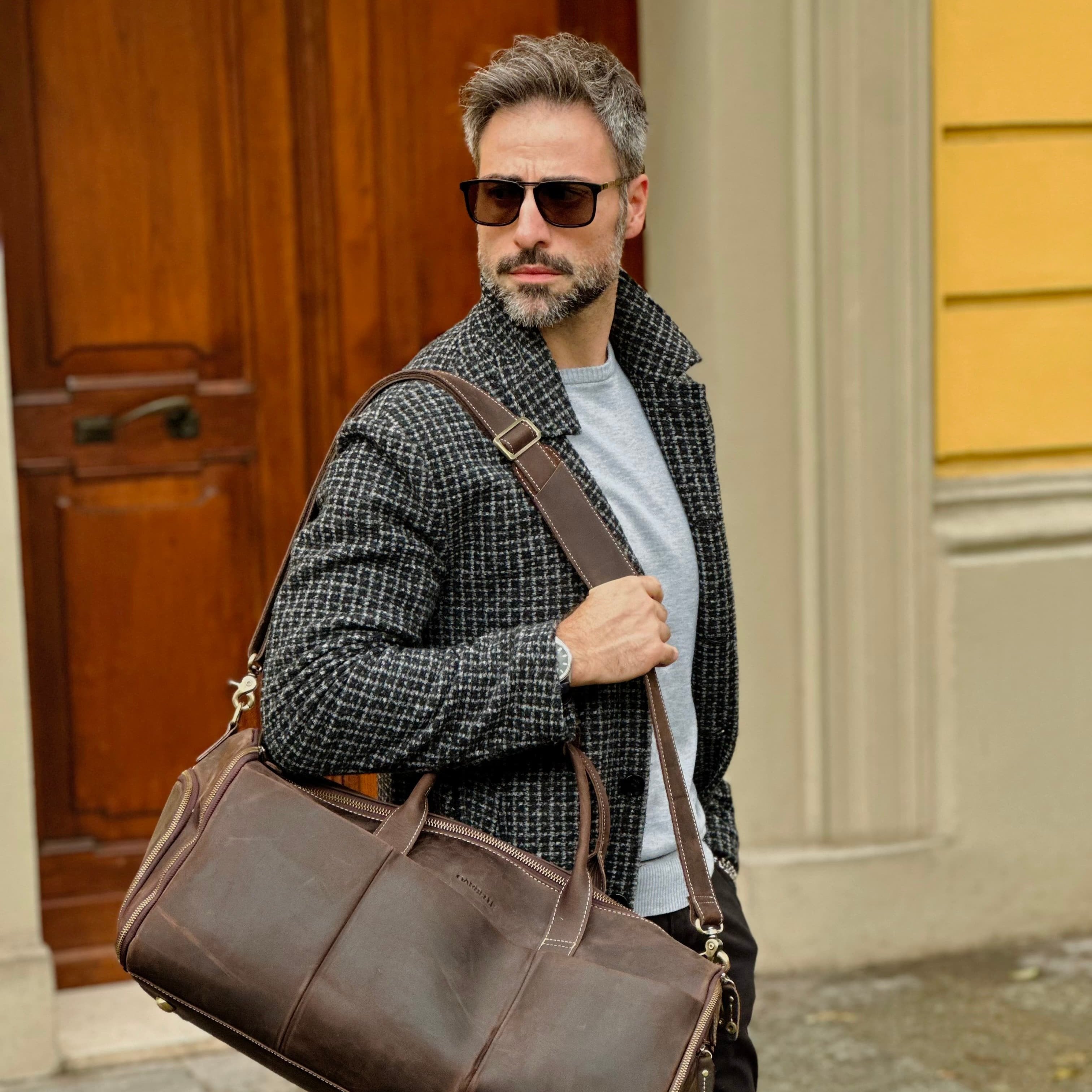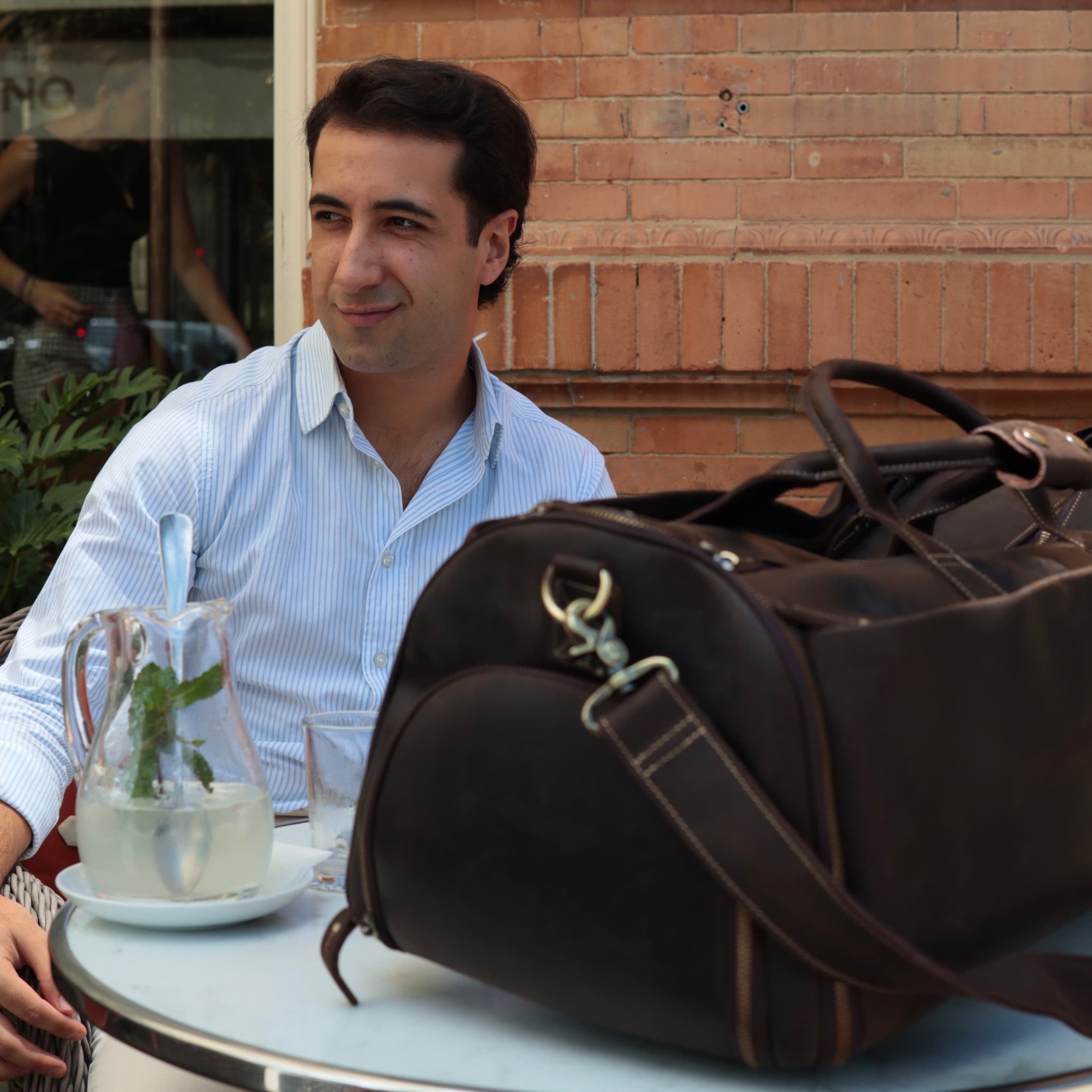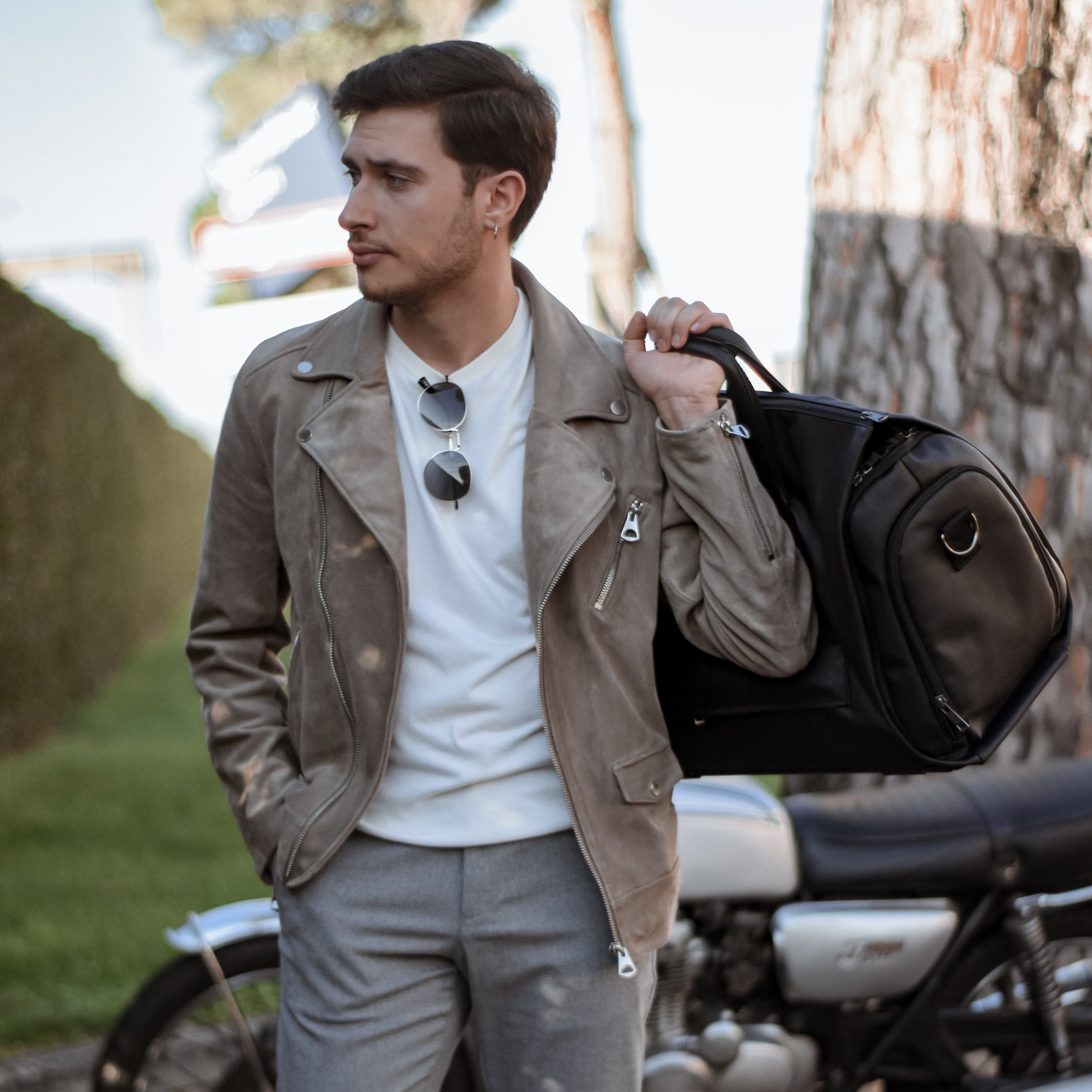There are many travel tales to intrigue those who wish to understand the contents of legendary figures' trunks and bags. Whether they traversed icy lands or scorching deserts, they retained a special bond with their possessions. Some cargoes were large, others smaller. Every item in this luggage is a witness to an era. The desire to discover their transportation choices remains a captivating subject through time.
Explorers' luggage, a look at their treasures of yesteryear
Over the centuries, adventurers have traversed distant lands and raging oceans. Their personal effects often included hand-drawn maps, notebooks to record their observations and rudimentary navigation tools. Some carried crockery, spare linen and sometimes weapons to defend themselves. Luggage sometimes took the form of reinforced leather trunks or sturdy chests. This choice depended on weather conditions and the mode of travel.
Beyond practical items, some explorers slipped symbolic souvenirs into a corner of their cargo. The testimonies of these adventurers also indicate great ingenuity: rationing space, optimizing every nook and cranny and ensuring the protection of transported goods. This luggage was seen as a silent companion, the bearer of personal stories and discoveries that changed the way we looked at other lands. Every find told the story of the time.
From past to present, how the bags of adventurers have influenced recent designs
Many of today's manufacturers draw inspiration from the legacy left by those who once roamed the globe. The old trunks, sturdy and suited to tumultuous travel, guided the creation of lighter, more flexible luggage. The straps, sturdy handles and metal clasps have their origins in prototypes used by renowned explorers. The use of durable materials, such as waxed canvas or treated leather, recalls the choices of yesteryear.
Internal storage, designed to protect maps and measuring instruments, has given rise to clever compartments for today's accessories. A number of renowned houses claim a direct link with these traditions, offering bags that take up ancient lines while adding more recent touches. This evolution illustrates a desire to respect inherited know-how while meeting the needs of today's travelers. Every detail is a bridge between yesterday and today. A living legacy.
Analysis of the contents of the suitcases of famous traveling writers
Some authors known for their travels have documented their peregrinations in precise detail. We discover that Mark Twain, for example, always carried a blank notebook to jot down his thoughts, and simple, climate-appropriate clothing. Jack London, a great adept of the polar regions, would slip a selection of books into his bag, to feed his pen during the long evenings. Nicolas Bouvier, for his part, often travelled with a light camera, accompanied by a limited stock of objects to keep him nimble.
These writers favored smaller affairs, to leave more room for words and images. The contents of their luggage provide an insight into their priorities: observe, create and transmit. The stories they left behind reveal an intimate link between writing and wandering. The lack of personal belongings often reflects a desire to seize the unexpected without unnecessary constraints. This sobriety fueled their creativity throughout their unforgettable journeys.
Explorers and minimalism, what their choice of equipment can teach us
Many adventurers favor lightness. They want to move quickly and cope with sometimes extreme conditions. This trend towards minimalism stems from a simple logic: the less you carry, the more freedom you enjoy. Numerous historical accounts underline the positive impact of this way of traveling on the state of mind and the ability to improvise. Pack only what you really need, to avoid unnecessary clutter. For these travelers, the leather travel bag becomes an extension of the body, and each selected object has a precise function.
Some even decide to leave with a single change of clothes, relying on regular washes or local ingenuity. This approach demonstrates a certain audacity: renouncing superfluous material goods in order to cultivate proximity with the environment. Returns from minimalist explorers often evoke a feeling of mental lightness, coupled with the elimination of any physical overload. This is often a radical choice.
Recent pioneers' travel bags between style and practicality
Nowadays, some explorers are turning to as-yet-undiscovered destinations, while still valuing polished elegance for their luggage. The major manufacturers have adapted their creations, combining robust materials with refined lines. Today's pioneers seek a balance between practicality and elegance, preferring modular formats that move seamlessly from an urban area to a remote trail. Treated leather, high-resistance nylon and waterproof textiles are popular choices for dealing with the unexpected.
Some models include spaces designed for electronic devices, reflecting a connected lifestyle. Despite this technological evolution, the spirit of adventure remains unchanged: to set off into the unknown with a bag that can handle anything. Digital logbooks have replaced handwritten notebooks, but the desire to explore without limits remains the same. A successful blend of ancient heritage and recent innovation. Beautiful continuity.
Fascination with travelogues continues to grow. Luggage, both old and new, is constantly evolving to keep pace with the dreams of elsewhere. This thirst for discovery reflects a shared need to see for oneself what lies beyond the horizon. What journey would you dream of taking with a bag full of hope?






